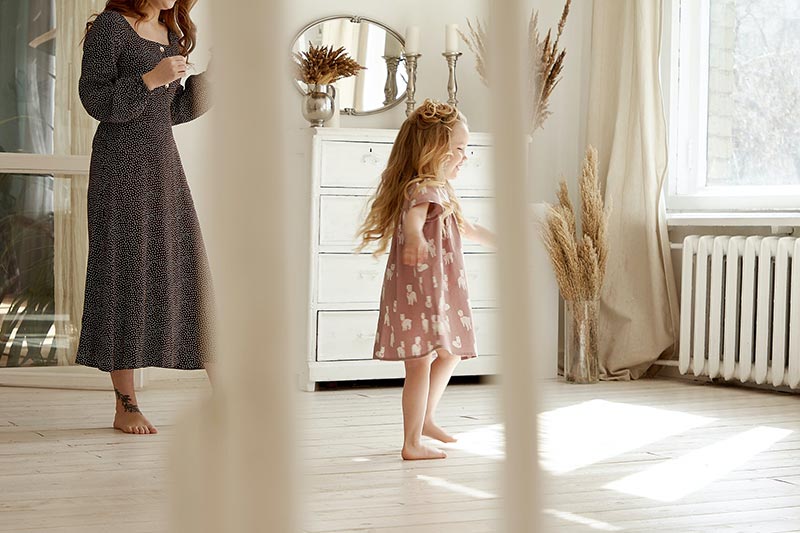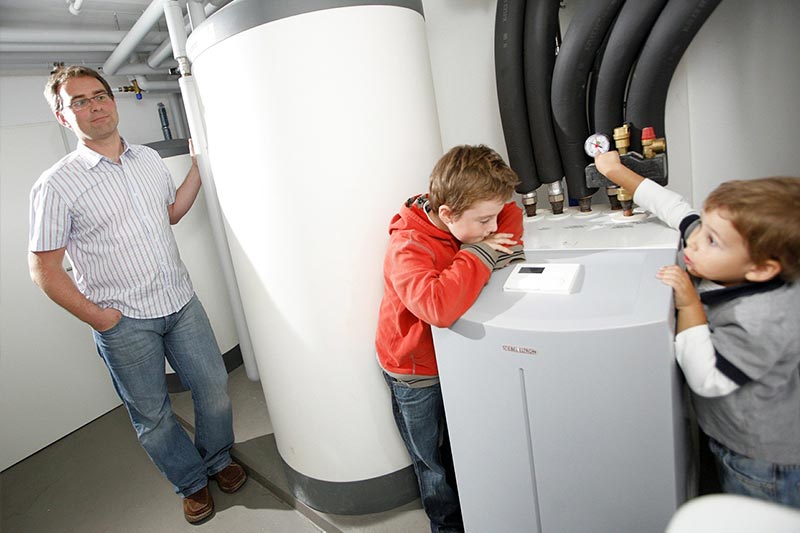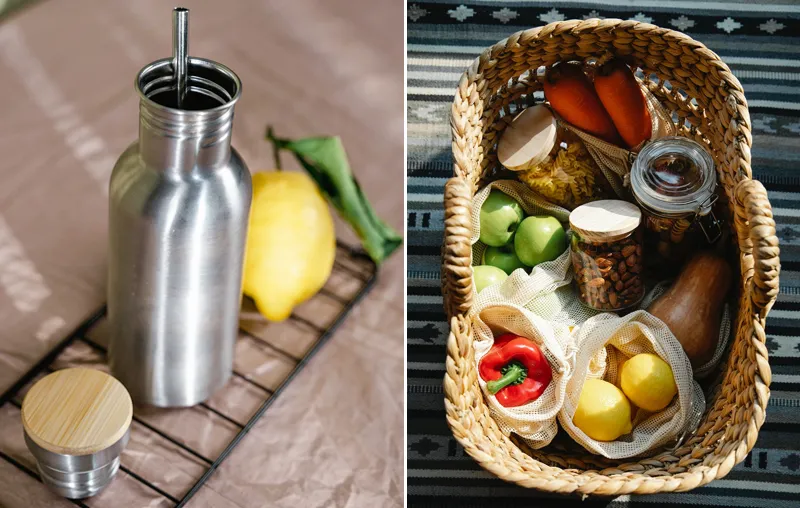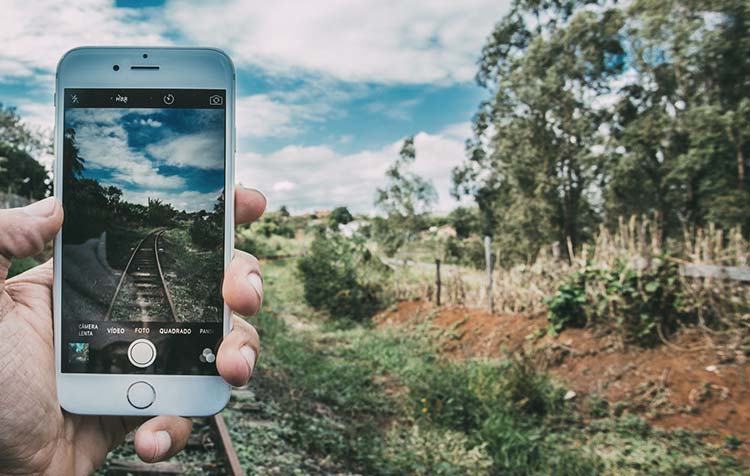You want to heat sustainably and wonder what you can do? Private households account for around one-third of energy consumption in Germany and are therefore a major driver of the global warming. It is undisputed that every individual must do his or her part to reduce these emissions and lower energy consumption in order to stop this environmental problem.
How can you reduce your energy consumption in everyday life and counteract the constantly rising energy and heating costs without severely restricting your standard of living? In this article, I'll introduce you to 10 tips that will help you heat your home much more sustainably in the future. Let's go!
Sustainable heating: these 10 tips will help you
Effectively saving energy in everyday life does not have to involve major lifestyle restrictions. However, it is often not clear what measures can be taken to reduce heating requirements and lower emissions of carbon dioxide and other pollutants. The following ten heating tips will definitely help you to reduce your carbon footprint with simple steps and to heat sustainably. You can find more information on the individual points in the guide.
1. find the right room temperature
Every person perceives the ideal feel-good climate subjectively. A room temperature of 19 to 22 degrees Celsius is considered comfortable by most people. Remember, that every degree less heating energy and thus also saves money.
2. regulate room temperature according to time of day

The room temperature can be controlled with modern Thermostatic valves automatically depending on the time of day and use. During your absence and at night you need less heat energy. Such thermostatic valves can help you reduce heating costs and contribute to sustainable heating in the future.
3. set room temperature individually for each room
You'll use less energy and save on heating costs if you adjust the temperature in each room individually and lower it slightly. Individual temperature settings of the rooms can help. The ISO standard 7730, the so-called Comfort standard, recommends a temperature of 20 to 22 degrees Celsius for living rooms, study rooms and children's rooms, 16 to 18 degrees Celsius for the bedroom, 18 to 20 degrees Celsius for the kitchen and 24 to 26 degrees Celsius for the bathroom.
Tip: At about 17 - 18 degrees most people can still sleep better!
4. use more environmentally friendly heating systems
You should avoid fossil fuels and instead think about sustainable heating systems like a Heat pump think. Heat pumps work effectively in combination with solar thermal, as environmental heat is used to cover the heat demand. A better energy balance is also achieved with hybrid systems. If you generate the electricity to run the heat pump yourself with a photovoltaic system, you can heat even more effectively.
5. temporarily cover the windows
If you want to heat sustainably, you have to keep the heat produced within your own four walls. You can keep the heat inside the house, for example, by lowering the shutters or drawing the curtains. This is particularly useful in the winter months, when it gets dark early. You can save up to Avoid 20 percent of heat losses.
6. sensible ventilation
Especially in winter, proper ventilation saves enormous heating costs. Instead of leaving the windows "tilted" for longer periods of time, you should shock ventilate three to four times a day. This means that you open all windows for a few minutes after turning off the thermostatic valves on the radiators. The drafts ensure that the stale air in the rooms is exchanged as quickly as possible and that only a small amount of heat is lost. In a single-family home, this saves around 560 kilograms of CO2 and up to 165 euros.
Tip: At Energy saving tips you will find a whole range of other aspects for reducing your energy consumption!
7. regularly maintain heating

With regular, professional maintenance, you not only increase the "life expectancy" of your heating system, but also save energy, which in turn reduces your heating costs. Only a top-maintained heating system achieves optimum combustion values with minimized CO2 emissions. Depending on the system, maintenance costs between 90 and 150 euros. This is money well spent if it keeps your heating system working longer. An extremely important tip for efficient, sustainable heating in the long term.
8. vent radiator
Before you start heating in winter, you should first vent the radiators. Because the Enclosed air reduces the heating power and increases energy consumption. A clear sign that your heating system urgently needs to be vented is when it makes gurgling noises, for example.
9. do not block radiators
To save energy and heating costs, the radiators should not be too densely covered with furniture. At least 20 centimeters distance should be observed, so that the radiators can give off their heat properly and the air in the room is heated optimally. Also make sure that you do not attach any panelling to the radiators and do not hang any curtains over them. Radiators that are dusty or covered, for example by wet laundry, also have a negative effect on heating performance.
10. ideally insulate the house
In order that the heat is optimally retained in the house, it is recommended, Windows and Doors to check. A lot of heat is lost through leaky windows and doors, especially in older homes. Furthermore, you should check whether the Exterior walls properly insulated are. The greatest heat loss can occur via the exterior façade, especially in winter. This in turn is negative for the energy balance, for the environment and for your wallet. In particular, houses built before 1977, when there was no heat insulation ordinance, often have poor insulation. This can be remedied with energy-efficient facade insulation.
Tips for sustainable heating - make the most of it!
I hope you were able to take away some tips for heating your home in a more environmentally friendly way from this article! The free guide "Saving energy in the home"offers you even more useful tips for innovative and environmentally friendly heating systems as well as a conscious and sustainable use of energy in the household.
Always remember: even with small changes, everyone can contribute to helping the Counteract climate change. Let's start right now today.
Stay sustainable,

PS.: Look you necessarily still further in my sustainable technology blog around! Learn there, for example, how you can significantly surf the internet in a more environmentally friendly way can!






It's good to know that with modern thermostatic valves, the room temperature can be controlled automatically depending on the time of day and the time of use. My uncle wants to have the heating system in his house in the countryside replaced. He would like to have just such a heating system installed in his house, which allows regulating the room temperature according to the time of the day and the time of use.
Thank you for this post and her ideas on how we can make heating sustainable. I am just interested in sustainability topic and want to change more areas of my life. I fully agree with the author that regular maintenance of heating is very important.
Very valuable tips to make living more sustainable. A sustainable heating system, individual temperatures for different rooms and efficient ventilation are super tips to go even more environmentally friendly through the winter. We love our storage heater with heat pump, as we have thus found an environmentally conscious solution! Best regards!
We live very environmentally conscious and make sure that everything is sustainable. But when it comes to heating, I'm still looking for some improvements, so tips like these are really valuable. When we built the house, we already made sure that we had a heat pump, as this seems to me to be the most sustainable. We don't have special thermostatic valves yet, but that's a really sensible investment. This way I can set the temperature more precisely and ultimately heat more sustainably.
Super written and informative article :-). In this blog I will still read properly